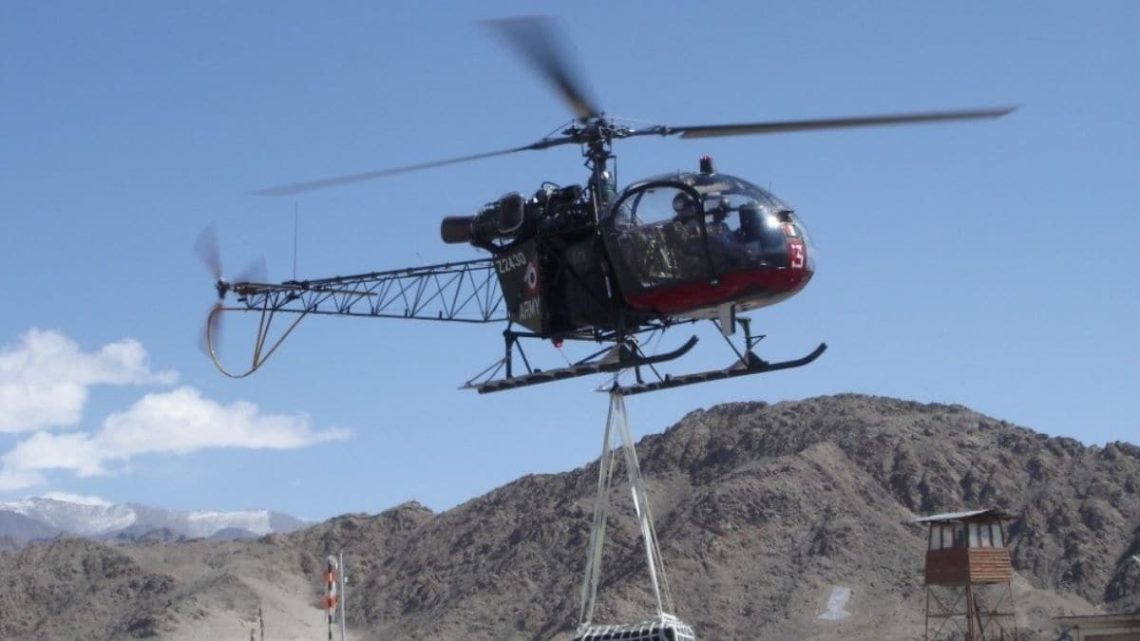The Indian Army Aviation Corps (AAC), though one of the youngest branches of the Army, plays an indispensable role in modern military operations.
Tasked with providing crucial aerial support in extreme terrains and challenging operational environments, the Corps has long relied on helicopters such as the Chetak and Cheetah– aircraft that have served faithfully for over 50 years.
However, as global military aviation advances and warfare dynamics change swiftly, the Indian Army finds itself at an important juncture: a long-overdue helicopter modernisation program is imperative to maintain combat readiness, operational efficiency, and national security.
The Chetak and Cheetah helicopters have been reliable workhorses of the Indian Army, proving their mettle in numerous high-stakes operations. From reconnaissance and troop movement to casualty evacuation and disaster relief, these helicopters have performed a wide range of missions. However, their age presents formidable challenges:
The constraints of these ageing aircraft are particularly evident in India’s demanding military environments. The Army Aviation Corps operates across the country’s most inhospitable regions, including the icy heights of Siachen, the arid expanses of Rajasthan, and the dense forests of the Northeast. In these environments, the limitations of outdated helicopters become even more pronounced.
As warfare strategies evolve, the Army’s helicopter fleet must keep pace with the increasing demands of high-altitude, desert, and counter-insurgency operations. A modernised fleet would offer several strategic advantages:
A modernised helicopter fleet will significantly bolster India’s security apparatus across multiple domains:
The Indian Army operates in some of the most demanding combat and support environments in the world. Choppers are essential in these contexts:
The Indian Army requires approximately 250 new reconnaissance and surveillance helicopters to replace its ageing fleet. Various options are currently under consideration:
The domestically developed HAL Light Utility Helicopter (LUH) that is undergoing phased induction is among the top choices available. It is designed for high-altitude operations and offers a reliable, indigenous solution.
Another option is the Russian Kamov-226T, a capable reconnaissance helicopter with proven operational history. Its procurement, however, may stumble upon uncertain due to geopolitical factors affecting India-Russia defence deals.
Additionally, in consideration could be Airbus H125, a globally recognised helicopter with strong high-altitude performance.
Each of these options presents distinct advantages, and the final selection must balance operational needs, budget constraints, and long-term defence strategy.
Modernisation of the Indian Army’s helicopter fleet is not merely a matter of replacing old equipment; it is a strategic necessity that will define the future of India’s military aviation capabilities. The ability to operate in extreme conditions, transport soldiers and supplies swiftly, and execute missions with precision will directly impact national security.
The next decade will be crucial for India’s Army Aviation Corps as it transitions to a new era of aerial warfare. Investing in state-of-the-art helicopters is not just an upgrade– it is an imperative for maintaining India’s strategic edge in the region.
Link to article –
Legacy and limitations: Why does Indian Army’s youngest branch need urgent modernisation?

